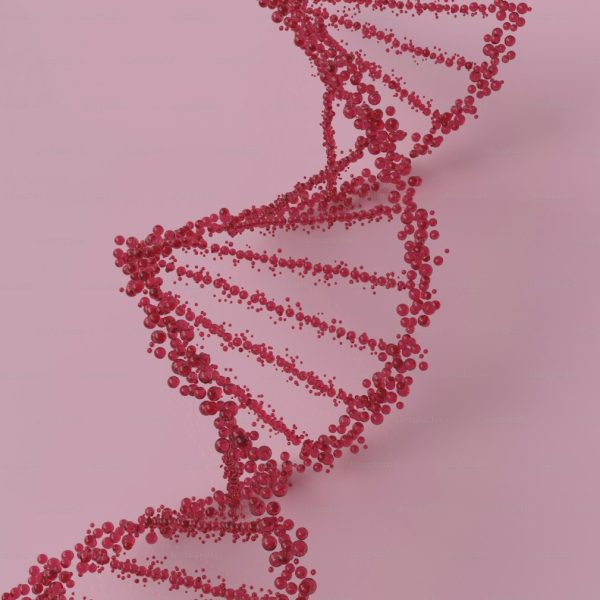Food allergies have become a growing concern worldwide, affecting millions of individuals, both young and old. Over the past few decades, there has been a noticeable increase in the prevalence of food allergies. Understanding the causes behind this rise and finding solutions to manage food allergies are crucial steps in improving the quality of life for those affected.
The Basics of Food Allergies
Food allergies are abnormal immune responses to specific proteins found in certain foods. When someone with a food allergy consumes the allergenic food, their immune system perceives the proteins as harmful invaders, triggering an immune response. This immune response can lead to a wide range of symptoms, which can vary in severity from mild to life-threatening.
Common food allergens include peanuts, tree nuts, eggs, milk, soy, wheat, fish, and shellfish. Symptoms of a food allergy can range from mild skin rashes and digestive issues to severe anaphylactic reactions, which can cause difficulty breathing, swelling of the throat, and a drop in blood pressure.
The Rising Prevalence of Food Allergies
The increase in food allergies has become a topic of concern among healthcare professionals, researchers, and the general population. Several factors contribute to this rise:
1. Environmental Factors:
Environmental factors, such as changes in diet and exposure to environmental toxins, may play a role in the development of food allergies. Some studies suggest that increased exposure to pollutants and changes in the microbiome may contribute to the rising prevalence of allergies.
2. Hygiene Hypothesis:
The “hygiene hypothesis” proposes that reduced exposure to infectious agents and microbes during childhood may lead to an increased risk of allergies. In cleaner and more sanitized environments, the immune system may become overly sensitive and prone to reacting to harmless substances, like food proteins.
3. Early Introduction of Allergenic Foods:
Contrary to previous advice, current guidelines recommend the early introduction of common allergenic foods to infants to reduce the risk of allergies. Delayed introduction might contribute to an increased risk of developing allergies.
4. Genetics:
Genetics also play a role in susceptibility to food allergies. If a child has a family history of allergies, their risk of developing allergies is higher.
Managing Food Allergies
While the exact causes of the rise in food allergies are still under investigation, managing food allergies is of paramount importance. Here are some key strategies:
1. Allergen Avoidance:
The primary management strategy for food allergies is allergen avoidance. Individuals with food allergies must learn to read food labels carefully and inquire about ingredients when dining out.
2. Emergency Action Plan:
Individuals with severe allergies should have an emergency action plan in place, including the use of epinephrine auto-injectors (commonly known as EpiPens) to treat anaphylactic reactions.
3. Education and Awareness:
Raising awareness about food allergies is essential. Schools, restaurants, and the general public should be educated about the seriousness of food allergies and how to respond in case of an allergic reaction.
4. Allergy Testing:
Allergy testing, such as skin prick tests or blood tests, can help identify specific allergens. Knowing the allergens that trigger a reaction is crucial for allergen avoidance.
5. Immunotherapy:
For some allergies, allergen immunotherapy may be an option. This involves gradually exposing the individual to small amounts of the allergen to build tolerance over time. It’s typically done under medical supervision.
Promising Research and Future Directions
Researchers are actively investigating ways to address food allergies, from prevention to treatment:
1. Oral Immunotherapy (OIT):
OIT is a promising approach in which individuals with food allergies are gradually exposed to increasing amounts of the allergenic food under medical supervision. This can help build tolerance to the allergen over time.
2. Epicutaneous Immunotherapy (EPIT):
EPIT involves applying a patch containing the allergenic protein to the skin. This method aims to desensitize the immune system to the allergen gradually.
3. Preventive Strategies:
Some researchers are exploring preventive measures, such as probiotic supplementation during pregnancy and infancy, to reduce the risk of allergies.
4. Improved Allergen Labeling:
Advances in food labeling and the use of technology, such as barcode scanning apps, can help individuals with allergies identify allergens in packaged foods more easily.
Conclusion
The rise of food allergies is a complex and pressing issue that affects millions of individuals and their families. While the exact causes are still under investigation, it’s essential to raise awareness, educate the public, and support ongoing research efforts to better understand and manage food allergies.
If you or a loved one has a food allergy, it’s crucial to work closely with healthcare professionals and allergists to develop a personalized management plan. Allergen avoidance, education, and preparedness are key components of living well with food allergies. As research continues to advance, there is hope that new strategies and treatments will emerge to improve the lives of those affected by food allergies.
—
References:
1. American Academy of Allergy, Asthma & Immunology. (2021). “What is an Allergic Reaction?” [Link](https://www.aaaai.org/conditions-and-treatments/library/allergy-library/anaphylaxis)
2. National Institute of Allergy and Infectious Diseases. (2020). “Food Allergy.” [Link](https://www.niaid.nih.gov/diseases-conditions/food-allergy)
3. Mayo Clinic. (2021). “Food Allergy.” [Link](https://www.mayoclinic.org/diseases-conditions/food-allergy/symptoms-causes/syc-20355095)
4. Gupta, R. S., et al. (2018). “The Prevalence, Severity, and Distribution of Childhood Food Allergy in the United States.” Pediatrics, 142(6). [Link](https://pediatrics.aappublications.org/content/142/6/e20174126)







